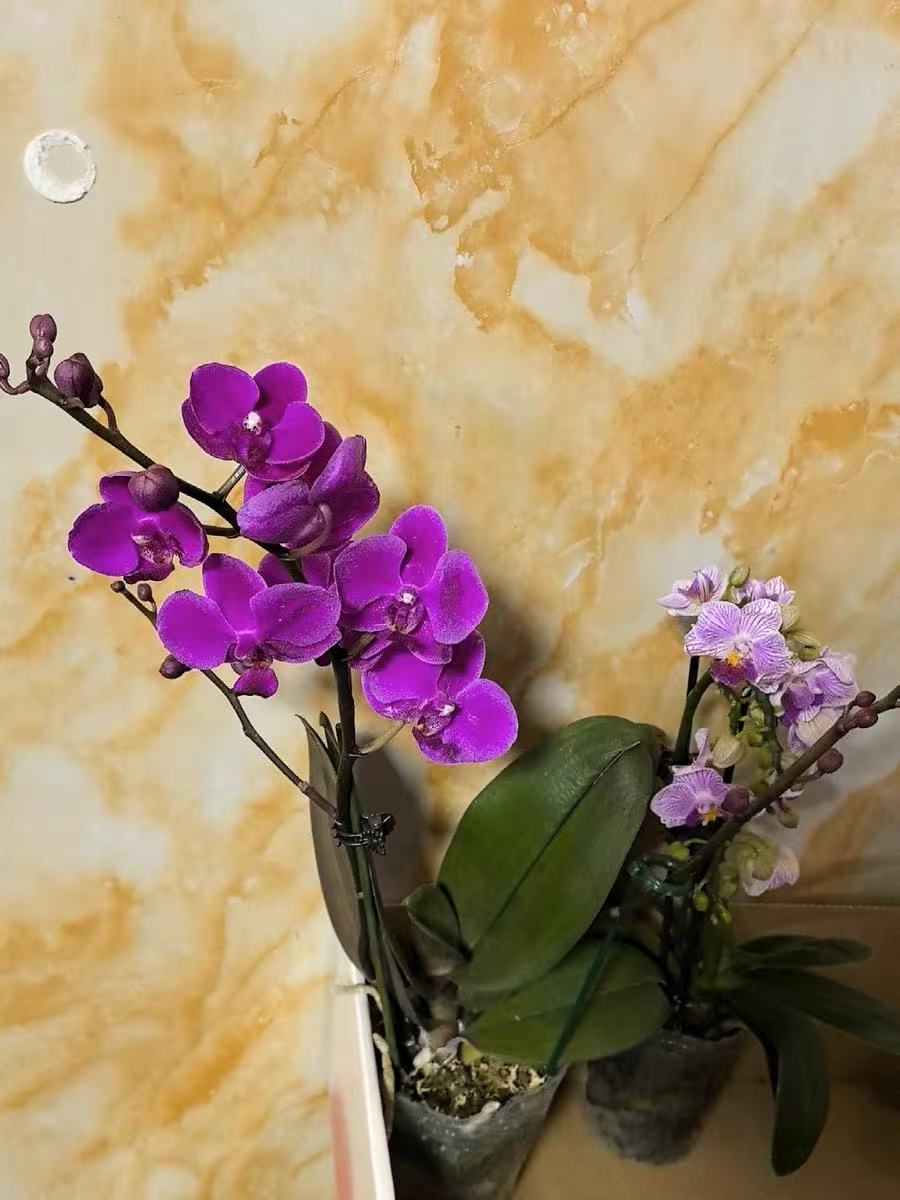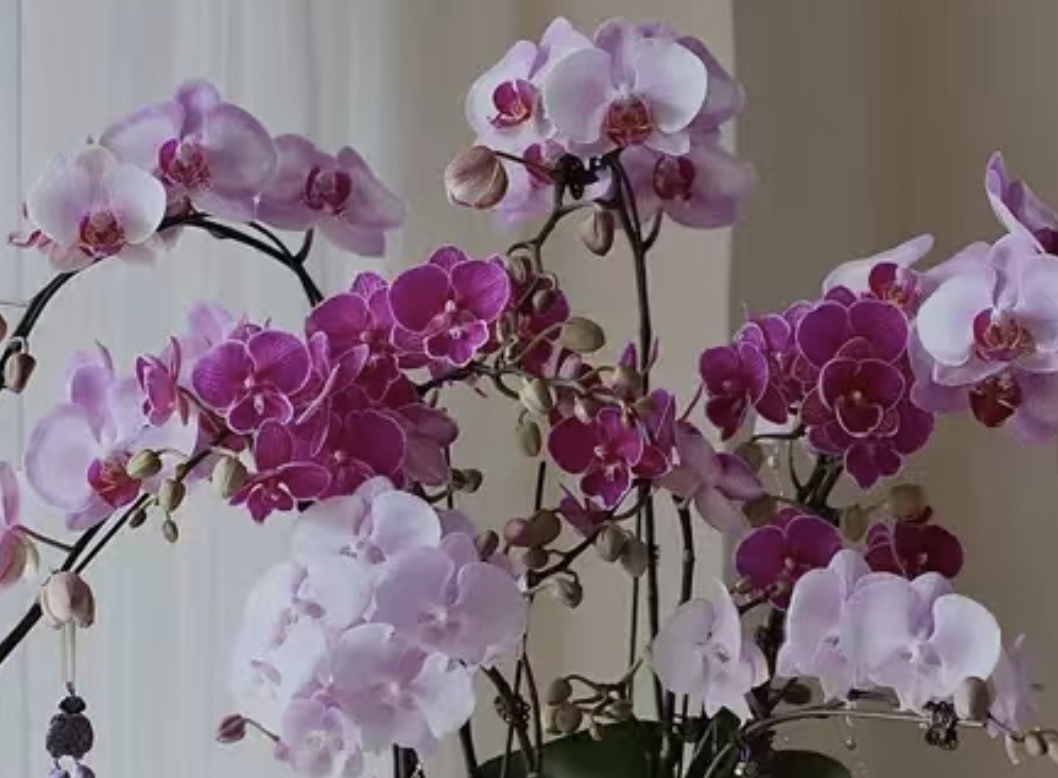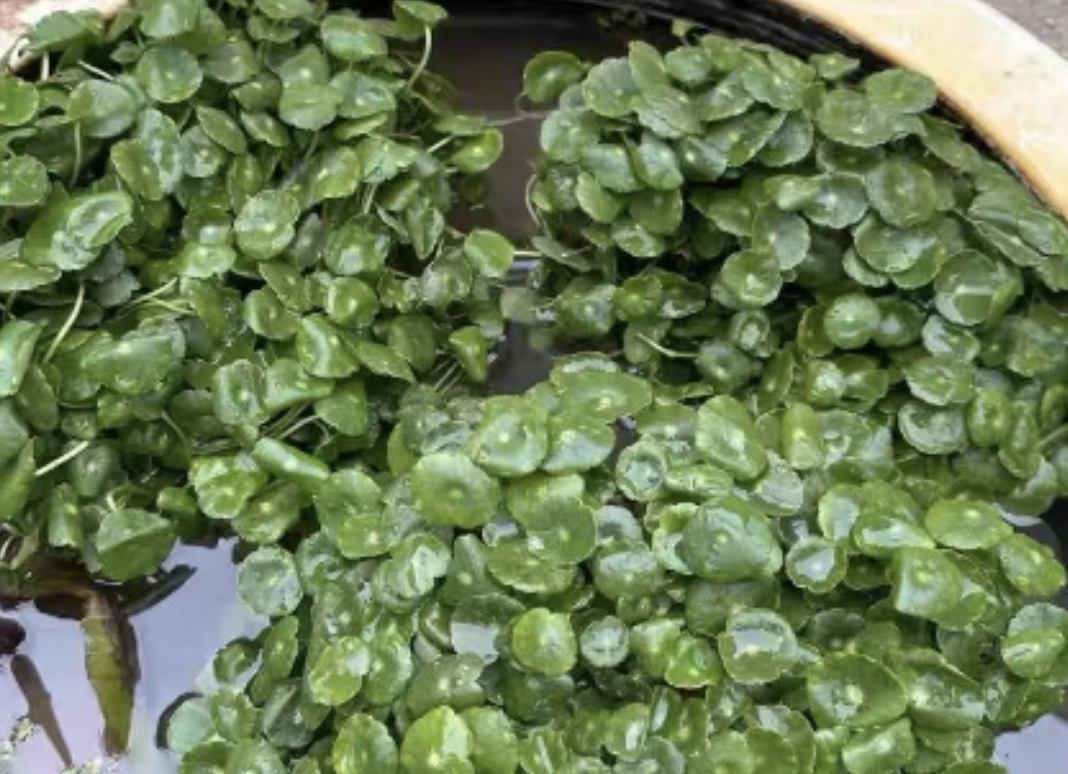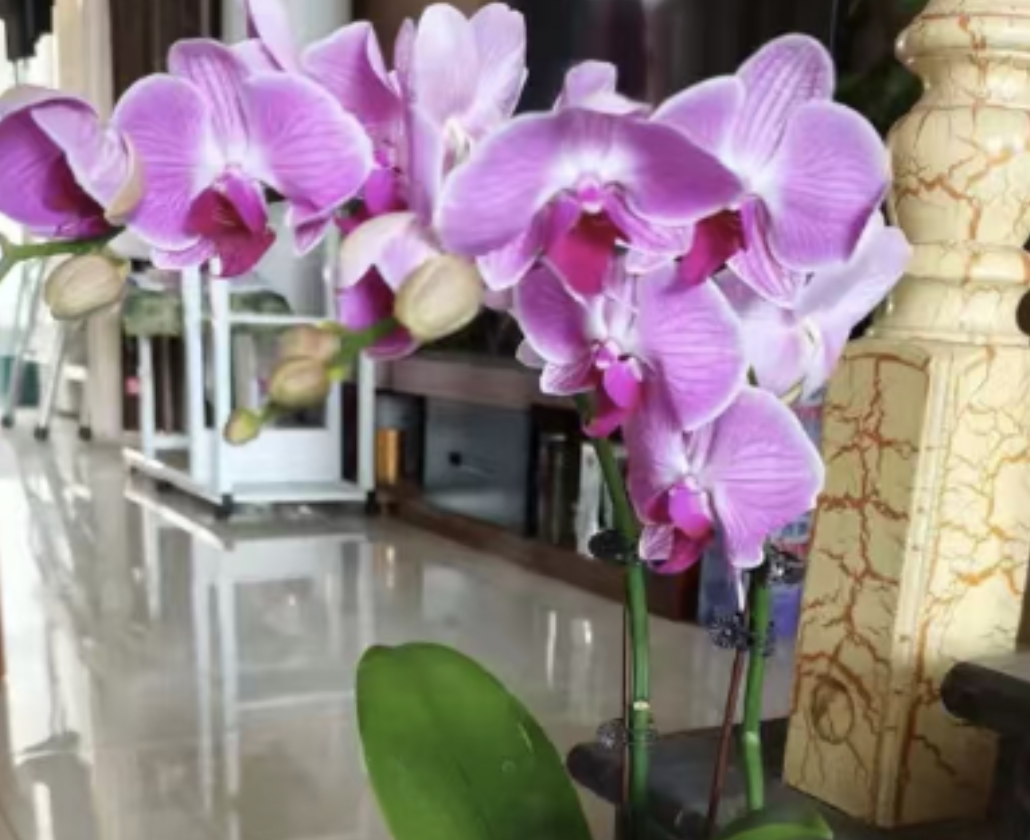Phalaenopsis orchids are highly popular and much - loved among orchid varieties. During the routine maintenance process, Phalaenopsis orchids may get sunburned due to improper lighting, which can have a certain impact on the plant's growth and flowering. So, how can we tell if a Phalaenopsis orchid is sunburned? And can a sun - burned Phalaenopsis orchid still survive?
The manifestations of sunburn in Phalaenopsis orchids are diverse, but the common sunburn symptoms are mainly as follows:
Leaf spots: White or light - yellow spots appear on the leaves. These spots may be raised or sunken, with clear edges. This is a sign that the leaves of the Phalaenopsis orchid have been exposed to excessive light, causing water to evaporate too quickly and the cells to be damaged.
Leaf yellowing: The entire leaf or part of the leaf turns yellow, without other symptoms such as black spots or dots. This kind of yellowing is usually due to the long - term exposure of the leaf to strong sunlight, which damages the chlorophyll.
Leaf withering: In extreme cases, the leaves of the Phalaenopsis orchid may completely wither due to sunburn, becoming dry and brittle, and may fall off with a gentle touch.
It should be noted that mild sunburn usually has no impact on the growth of Phalaenopsis orchids. However, if the sunburn is severe, it may affect the plant's photosynthesis and nutrient absorption, thus influencing its growth and flowering. After a Phalaenopsis orchid is sunburned, it can usually survive as long as it is treated and cared for in a timely manner. Here are some treatment suggestions after sunburn:
Cut off the sun - burned leaves: For the sun - burned leaves, it is recommended to cut them off in a timely manner to reduce the plant's energy consumption and the risk of infection. When cutting, use disinfected scissors and ensure that the cut is smooth to avoid wound infection.
Adjust the lighting: Place the Phalaenopsis orchid in a semi - shaded to bright environment, avoiding direct exposure to strong sunlight. If it is a newly - bought Phalaenopsis orchid or a plant originally placed in a dark place, increase the lighting gradually to allow the plant to adapt.
Maintain an appropriate temperature: Phalaenopsis orchids grow best in a warm environment with a temperature range of 15 - 30 degrees Celsius. After sunburn, avoid exposing the plant to extremely high or low temperatures to prevent affecting its recovery.
Water appropriately: Phalaenopsis orchids have high water requirements, but it is also necessary to prevent waterlogging that may cause root rot. After sunburn, keep the potting soil moist but not overly wet to promote the plant's recovery and growth.
Enhance ventilation: Phalaenopsis orchids like a well - ventilated environment. After sunburn, you can open windows for ventilation appropriately or use a fan to circulate the air, which is conducive to the plant's respiration and photosynthesis.
As long as a sun - burned Phalaenopsis orchid is treated and cared for in a timely manner, it can usually survive. The key lies in judging the degree of sunburn, cutting off the sun - burned leaves, adjusting the lighting, maintaining an appropriate temperature, watering appropriately, and enhancing ventilation.
How to determine if a Phalaenopsis orchid is sunburned?

Share with
Tagged in :




Leave a Reply